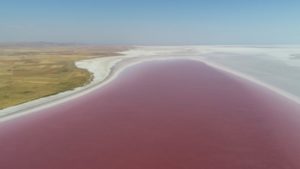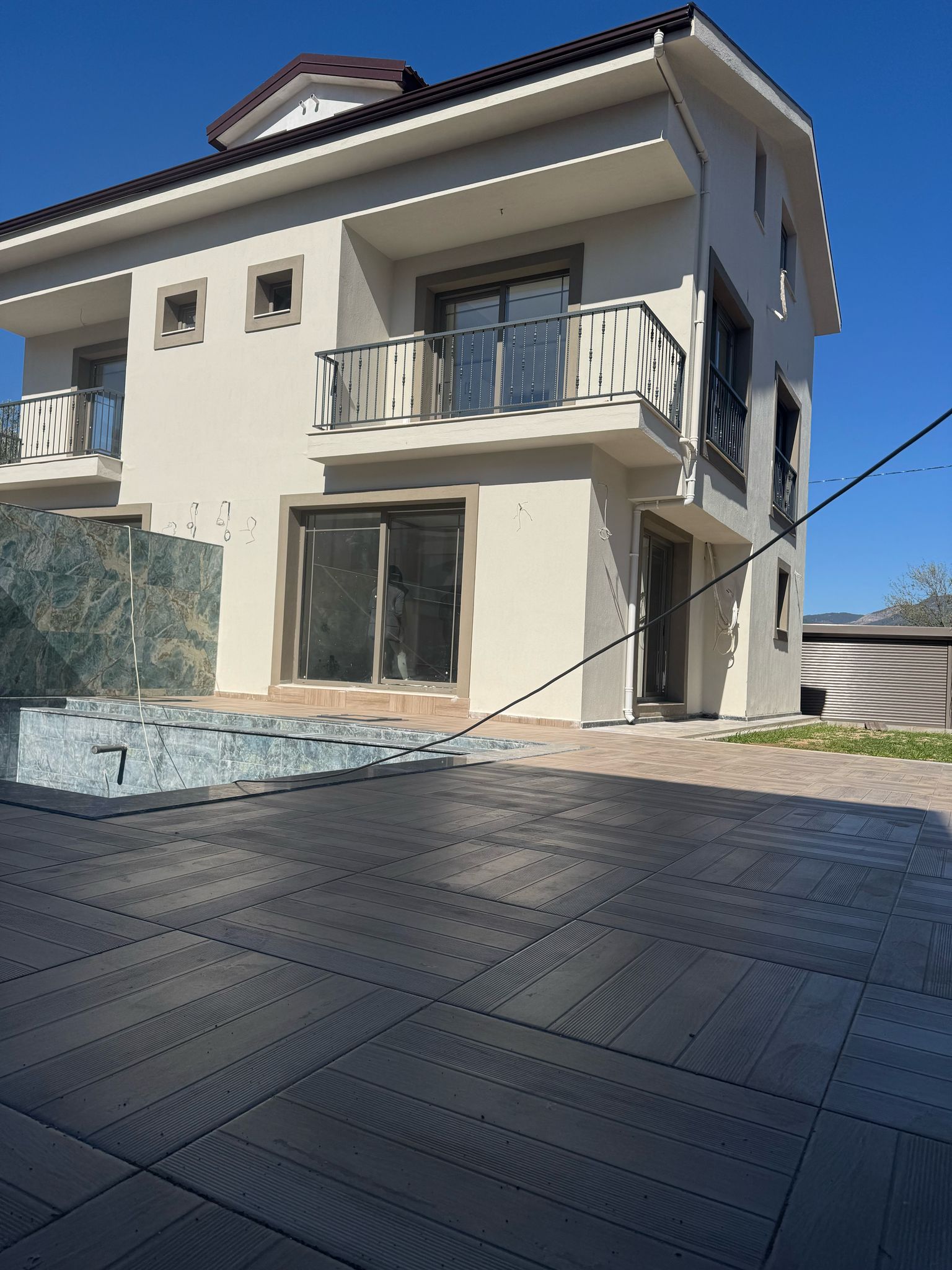
The Turkish Lake District
The Turkish Lake District
When you think of Turkey, we all think of the beaches, iconic mosques, historical sites and of course food and shopping! But did you know that turkey boast some 51 natural lakes and 14 reservoir and dam lakes. The largest lake being Lake Van in the far east of Turkey. However due north of Antalya, close to Isparta, nestled within the forests and hills of inner Anatolia and the folds of the Taurus Mountains is the Turkish Lake District. The Turkish Lake District, also known as the Turkish Lakeland is an area with a series of shallow tectonic lakes. The major lakes are Acıgöl , Akşehir , Beyşehir , Burdur , Eğirdir , and the smaller ones are Akgöl, Lake Çavuşçu, Eber, Işıklı , Karamık, Karataş, Kovada, Salda , Suğla and Yarışlı.
Did you know the Turkish word for lake is Göl?
Lake Salda
Traveling from Fethiye towards the lake district one of the first lakes you come to is Salda Göl. Locally and affectionally known as the ‘Saldives’ because of its white and like shores and clear blue water. It is the soil on the lake which is rich with soda and magnesium mineral that gives it the stunning white colour. Lake Salda is one of the deepest lakes in Turkey and has first- degree protected area status (SİT).
The journey is approx. 180 km there and takes around 2.5 hours. If to far to travel there and back in a day, there a several hotels available, which provide a comfortable night’s stay and base for onward travel to explore the other and larger lakes.
Lake Eğirdir
One of the largest lakes in the lake district (and the 4th largest lake in Turkey), further east from Lake Salda is Lake Eğirdir (pronounced Eh – ee – deer), although it was called Eğridir (pronounced Eh-ree-deer) until the 1980s. Eğridir means ‘crooked’ or ‘bent.’ The locals became tired of the jokes, so they renamed their city, Eğirdir. This means ‘spinning’ and ‘flowers.’ However it seems some old habits can die hard as many Turkish still use Eğirdir’s pre-1980s name. Lake Eğirdir is often a popular rest or overnight stopping point for those travelling on towards Cappadocia.
If you didn’t know you were inland, you would be excused for thinking the lake was a coastline, with its sand beach scattered along its edges.
Lake Eğirdir also has two islands, connected to the mainland by a long causeway into the town of Eğirdir
- Can Ada (meaning “Life Island”) the smaller of the two islands.
- Yeşil Ada (“Green Island,” formerly known as Nis) – until 1923 which was home to a Greek community living in stone and timber houses.
The town of Eğirdir has a patchworked history, originally founded by the Hittites and was a regular stop on the King’s Way, between Ephesus and Babylon. It was this position on the trade route, that made the city flourish. In 1200 BC Egirdir was taken by the Phrygians, then the Lydians, before being captured by the Persians and conquered by Alexander the Great. In Byzantine times the town was known as Akrotiri, meaning ‘Steep Mountain’. The Ottomans finally took control in the 14th century, but the population of the island of Yesilada remained mainly Greek, until the population Exchange in 1923. Today the sights of Egirdir can easily be visited in just over an hour.
These include the ruins of a castle, which was thought to be built in the 5th century, the crumbling walls of an old han, the remains of the ancient city of Prostanna and the Turkish army’s commando base. There are some other places that are worth a visit including: –
- Hizir Bey Camii
- Dundar Bey Medresesi
- Davraz Dagi / Mountain Davraz
Many people have heard of the Lycian way, a marked long-distance trail (500km/310 mile) in southwestern Turkey around part of the coast of ancient Lycia which stretches from Hisarönü (Ovacık), near Fethiye, to Geyikbayırı in Konyaaltı about 20 km (12 mi) from Antalya. But how many have heard of the Saint Paul Trail?
The Saint Paul Trail is the second long distance trail exploring more remote mountains and lakes of southern and central Turkey.
Saint Paul Trail offers trekking enthusiasts’ insight into the countryside that Paul travelled on his first journey through Anatolia.
The route starts at either Aspendos or Perge, both close to Antalya and finishes at Yalvac, near Lake Egirdir. The trail is a 500 km 27-day waymarked footpath from Perge (10 km east of Antalya province) to Yalvac (northeast of Lake Egirdir)
Saint Paul Trail is over Roman roads, footpaths and forest tracks; the western branch of the route is mainly suitable in places for mountain bikes. It starts at sea level and climbs up to 2200 m, with two optional peaks at around 2800 m. Some parts of the route run through ancient and natural cedar forest, unique around the Mediterranean. The east branch of the trail runs through the beautiful Koprulu Canyon National Park. The west branch, which is more historically accurate, follows aqueducts and original roads as far as possible.
Lake Tuz
Not strictly in the Lake District, but further North on your way to Ankara lies Tuz Gölü (Salt Lake). It’s worth a visit as it is the second largest lake in Turkey with its 1,665 km2 (643 sq. mi) surface area and one of the largest hypersaline lakes in the world.
During the summer the lake dries up exposing an average of 30 cm thick salt layer in August. This mechanism is used as a basis for the process of the salt mines in the lake. The three mines operating in the lake produce 63% of the salt consumed in Turkey. The salt mining generates industrial activity in the region, mainly related to salt processing and refining.
In 2001, Lake Tuz was declared a specially protected area, including all of the lake surface and surrounding waterbeds and some of the important neighbouring steppe areas. The Salt Lake wetland is now one of the worlds most important flamingo nesting grounds, due to the algae’s presence in the lake.
The algae that the flamingos feed on also gives the lake it’s spectacular pink colour in May, June and July.
These algae produce beta-carotene red in the summer months when the weather is hotter and the salt level of the lake water rises to protect them from the harmful effects of the sun’s rays. In turn this kills off a large portion of the plankton that eat the colour-changing algae in the lake. As the algae’s population grows it causes the water to change to its bright red or pink colour.
We’ve just visited 3 of the lakes Turkey has to offer. There are so many beautiful places to visit and explore, so what are you waiting for?












